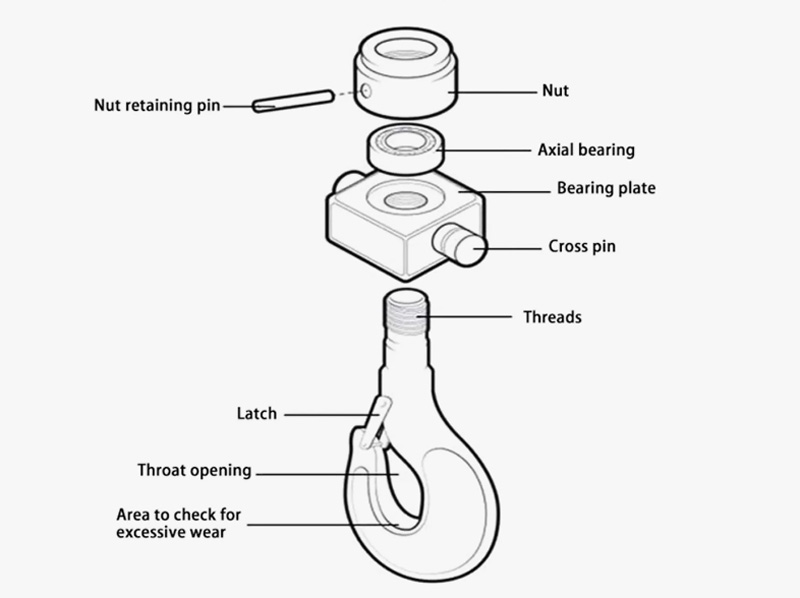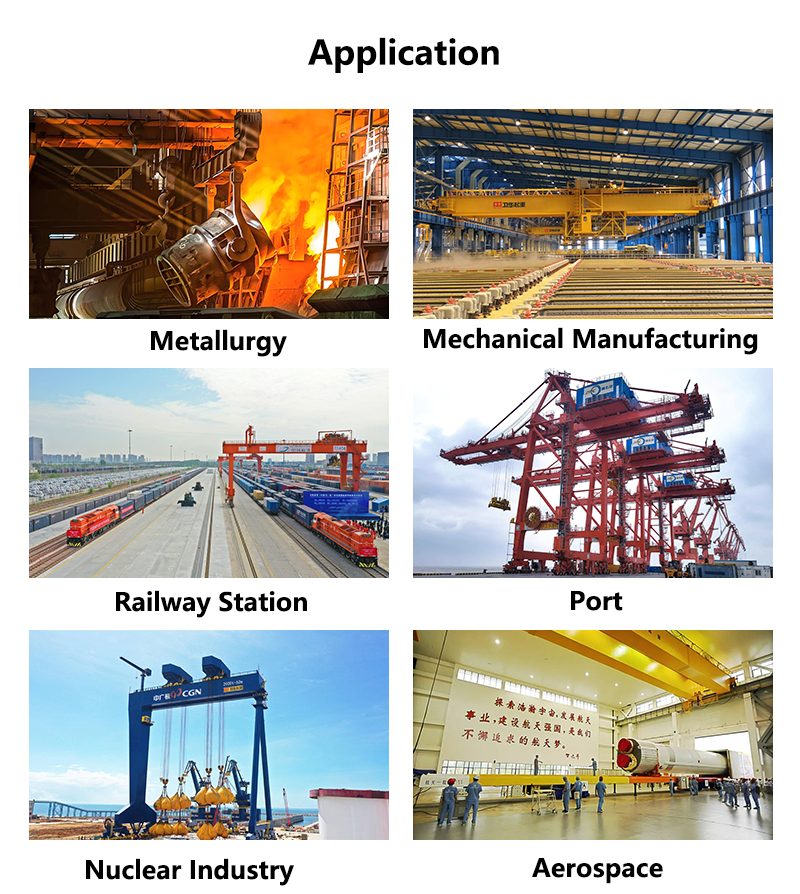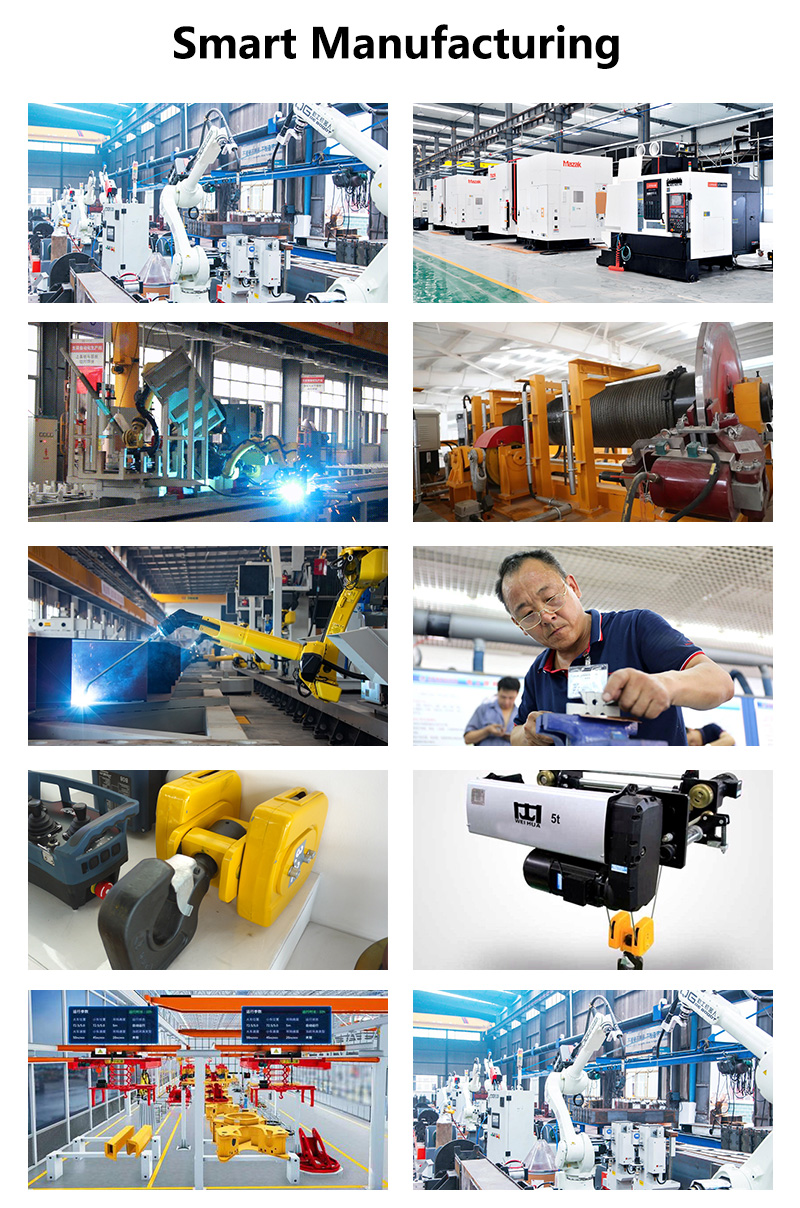크레인 후크를 설치하는 방법?
2025-06-09
Installing a crane hook isn’t just bolting on a part; it’s integrating the critical link between your crane and its load. A flawed installation risks catastrophic failure. Let’s break down a proven framework focused on precision, safety verification, and long-term reliability.

Phase 1: The Critical Foundation – Preparation & 점검
-
1. Know Your Specs Intimately:
- Crane Capacity: Match the hook’s rated capacity exactly to the crane’s SWL (안전한 작업 부하). Never downgrade or guess.
- 후크 유형 & 설계: 스위블 크레인 후크? Fixed eye? Clevis mount? Verify it’s the correct type specified for your crane’s hoist block and intended use.
- Thread Compatibility: This is paramount! Measure the hoist rope/chain’s end thread (지름, pitch, thread form – e.g., metric, UN, Acme). The hook shank thread must perfectly match. Mismatch = Instant Failure Risk.
- Manufacturer’s Manual: Have the crane and hook manufacturer’s installation guides open. They contain vital torque specs, lubrication points, and specific warnings.
-
2. Pre-Installation Hook & Rigging Inspection (The “Magna Carta” Step):
- Hook Body: Check for cracks, bends, 과도한 마모 (especially in the saddle/throat area), 비틀기, or neck opening. Use dye-penetrant if suspect. Reject ANY hook showing defects.
- 걸쇠 (if equipped): Ensure it moves freely, springs back positively, and fully covers the hook throat opening. Check for wear or distortion.
- Bearing/Swivel Mechanism (해당되는 경우): Check for smooth rotation without grinding, binding, or excessive play. Verify lubrication ports are clear.
- 정강이 & Threads: Inspect threads meticulously for nicks, galling, crushing, or wear. Clean thoroughly with a wire brush (not damaging threads). Damaged threads compromise the entire connection.
- Safety Washer/Retaining Device: Verify its presence and condition. This is often a key lock washer or deformable collar.
-
3. Gather the Right Arsenal (No Substitutions!):
- Correct lifting equipment (smaller crane or hoist) rated for the hook’s weight.
- Calibrated Torque Wrench (Range must cover specified torque!).
- Correct thread-compatible lifting eye bolt or sling for handling.
- Correct thread chasers (for cleaning, not re-cutting threads).
- Isopropyl alcohol or specified thread cleaner (removes oil/debris without residue).
- Manufacturer-approved thread lubricant or locking compound (READ the manual! Some forbid lubricant, others require specific types).
- Load-rated pins or shackles (if applicable for clevis mounts).
- 개인 보호 장비 (PPE): Gloves, 안전 안경, 하드 모자, 스틸 발끝 부츠.

Phase 2: The Precision Lift & Connection
-
1. Secure the Work Area:
- Establish a clearly marked exclusion zone beneath the lift path.
- Ensure the crane is isolated from power (Lockout/Tagout – LOTO procedure followed).
- Position the hook conveniently below the hoist block using your lifting equipment.
-
2. Thread Preparation is Key:
- Clean BOTH the hoist rope/chain end threads and the hook shank threads meticulously using chasers and cleaner. Remove ALL grease, 흙, 녹, or metal flakes. Contaminants prevent proper torque and seating.
-
3. Apply Thread Treatment (If Specified):
- 매뉴얼을 참조하십시오! Apply the exact type and amount of approved thread lubricant or locking compound only to the threads, avoiding the bearing surfaces or the hook seat. Wipe off excess.
-
4. The Lift & Initial Engagement:
- Carefully lift the hook into position using its lifting eye. Align the hook shank perfectly with the hoist rope/chain end.
- Hand-Thread First: Slowly and carefully rotate the hook by hand onto the rope/chain threads. It must thread on smoothly and easily. If it binds, 멈추다. Do not force it! Re-check alignment, threads, and debris. Forcing damages threads irreparably.
-
5. Final Tightening – Torque is Law:
- Once fully hand-tightened and seated, apply the manufacturer’s specified torque using your calibrated wrench.
- Tighten smoothly and steadily. DO NOT exceed the torque. Over-torquing can stretch or strip threads.
- 팁의 경우: If possible, use a method to prevent the rope/chain from rotating (예를 들어, a strap wrench on the rope above the nut) while torquing the hook. This ensures true torque application.
-
6. Secure the Safety Device:
- Immediately install and properly seat the safety washer or retaining collar as per the manufacturer’s instructions. This is your secondary defense against loosening.

Phase 3: Verification & Commissioning – Your Safety Net
-
1. Visual Re-Check: Examine the entire connection. Ensure the hook is seated correctly, the safety device is properly engaged, and there are no visible gaps or misalignments.
-
2. Functional Test (걸쇠): 장착 된 경우, test the latch mechanism repeatedly to ensure reliable operation.
-
3. Zero-Load Test:
- With the area clear, slowly raise and lower the hook through its full range using the crane controls.
- Observe for smooth operation, no unusual noises (especially from swivels), and that the hook hangs true without twisting unexpectedly.
-
4. Initial Load Test (Critical!):
- Follow your company’s/country’s regulations for load testing after hook installation/replacement.
- Typically involves lifting a load gradually up to 100% SWL의 (sometimes 125% for initial certification – consult regulations), holding it briefly at a safe height, and inspecting the connection under load.
- 찾으십시오: Any movement, 회전, or audible indication (creaking) from the threaded connection. ANY movement signifies failure – lower immediately and investigate!
-
5. 선적 서류 비치: Record the hook installation date, part number, 일련 번호 (해당되는 경우), torque applied, and load test results in the crane’s logbook.

Beyond Installation: The Operator’s Mantra
-
사전 사용 검사: Visually inspect the hook, 걸쇠, and connection threads every time before use. 균열을 찾으십시오, 흉한 모습, or signs of loosening.
-
Avoid Side Loading: Design loads act straight down the hook centerline. Side loading drastically increases stress and can bend or break hooks.
-
Report Immediately: Any damage, unusual wear, or suspicion about the connection integrity must be reported and the hook taken out of service.
결론: It’s More Than a Hook, It’s a Lifeline
Installing a 크레인 후크 demands respect for engineering, meticulous procedure, and unwavering commitment to safety. Rushing or cutting corners is gambling with lives and equipment. By following this precision-focused framework – emphasizing preparation, thread integrity, calibrated torque, and rigorous verification – you transform a simple installation into a cornerstone of safe and reliable crane operation. Never underestimate the critical role of that forged piece of steel above the load. Install it right, inspect it always.









최신 의견